D.I.Y. distressed table numbers
Step 1
Stain the MDF coasters and stems.
Why stain not paint?
After I paint them white I want to sand them back and have the dark colour come through.
Wood stain is like ink. It really soaks into the wood so I don’t need to worry about scratching to much back and getting back to the light wood colour of the MDF coasters.
Make sure you have something under the coaster because, as you can see in these pics, working with stain can get pretty messy…
Tips
– To make this project a little more cost effective I bought long dowel rods and cut them with a saw. I could get four 30cm rods from each whole dowel.
– Stain is messy! I mentioned before about having paper under. Also important to wear gloves! If you don’t wear gloves stain will get all over your hands and is not easy to get off… (I found this out the hard way…)
– I found grass really handy for holding the rods and discs while the stain dried. I don’t know if this is ok for the grass or not so I’m not going to recommend it… but it did work for me and my grass is still good. 😉
Step 2
Seal the stained disc.
Please check out my “happy accident” section at after the steps of the tutorial. It’s an important lesson I had to learn so you don’t have to. 😉
Step 3
Once the sealer is dry paint the disc white. Do as many or as little coats as you like.
Step 4
Once your white paint is dry get out your sand paper and go to town on those discs. Scratch them up as much or as little as you like.
Make sure you scratch up the edges. This is what really changes them from looking newly painted to something that could have been around for a while, which is the look we are after.
Step 5
Print out the numbers you want to use. This is the easy bit. Just pick a font, pick a size that suits the size of your discs and print out as many numbers as you need.
To transfer the numbers onto the discs cover the back of the printed paper with graphite. (scribble with your pencil) Flip the paper over so the graphite side is facing down against the disc. Trace around the numbers with your pencil. The graphite of the reverse side of the paper will transfer the line you trace. Simple. 🙂
Step 6
Now that you have the number outlined you can paint away! I used an artist quality acrylic. I hand painted 25 table numbers. Two nights work. I wasn’t going to slave away with a crappy paint for this part. This is the one part of the project you should NOT cut costs on. A cheap paint will drive you nuts!
You could also use a paint marker like a Posca if you want to speed this process along a bit.
Step 7
Use a good strong glue to attach the discs to the rods. I used Helmar Tiger Grip.
When you stick the stems on just make sure your numbers are straight. Check the front before you let the glue dry.
The base
To make the bases all you have to do is cut a square of wood and drill a hole the same size as the dowel. Nice and simple. 🙂
Happy accident
I made a bit of a mistake with this step but it turned out to be a very happy accident.
The stain I used was solvent based. My sealer, water based. For any of you out there who are firmiliar with paints you will know that putting water based over oil or solvent based paint just doesn’t work. Well it’s the same with stain and sealer…
I didn’t check the base of the sealer until after I had already covered all of the discs in sealer. It didn’t dry well… went very sticky, gloopy and cloudy. At this stage I thought I had stuffed up and would have to start all over again. I continued on anyway and painted the discs. It took A LOT of coasts. This could partly be due to the cheap acrylic paint I used (NEVER AGAIN!) but I think it was mostly due to the solvent/water based argument that was going on under the paint. I ended up being really happy that I made this mistake. It caused a bit of discolouration in the white paint and made it quite patchy, which is what I wanted to achieve and quite frankly, I don’t think I could have made the effect with paint and a sponge as well as it turned out.
What do you think? Took me a few nights to finish them all but I think they turned out great. 🙂

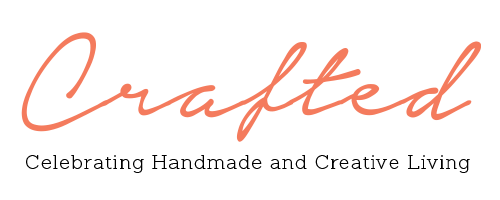
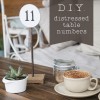
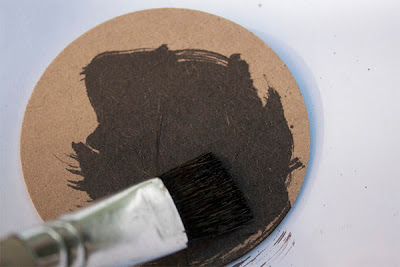
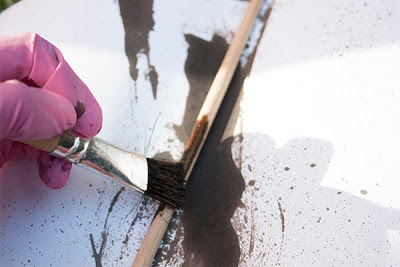
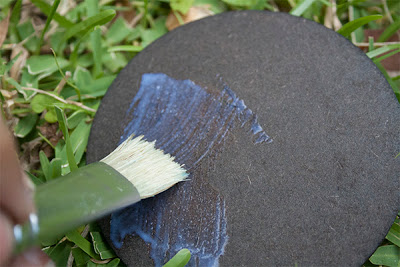
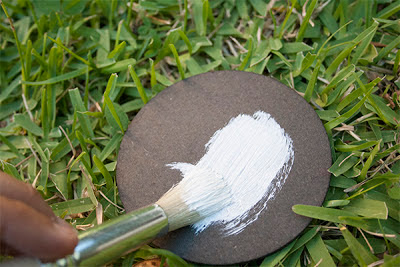
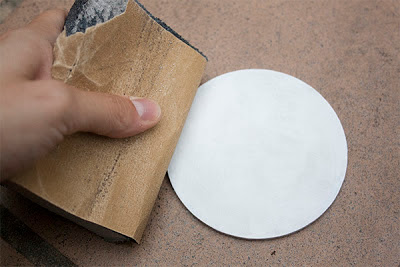
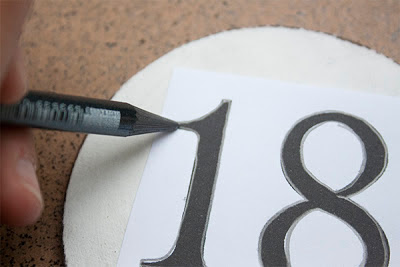
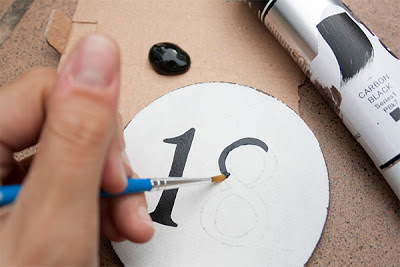


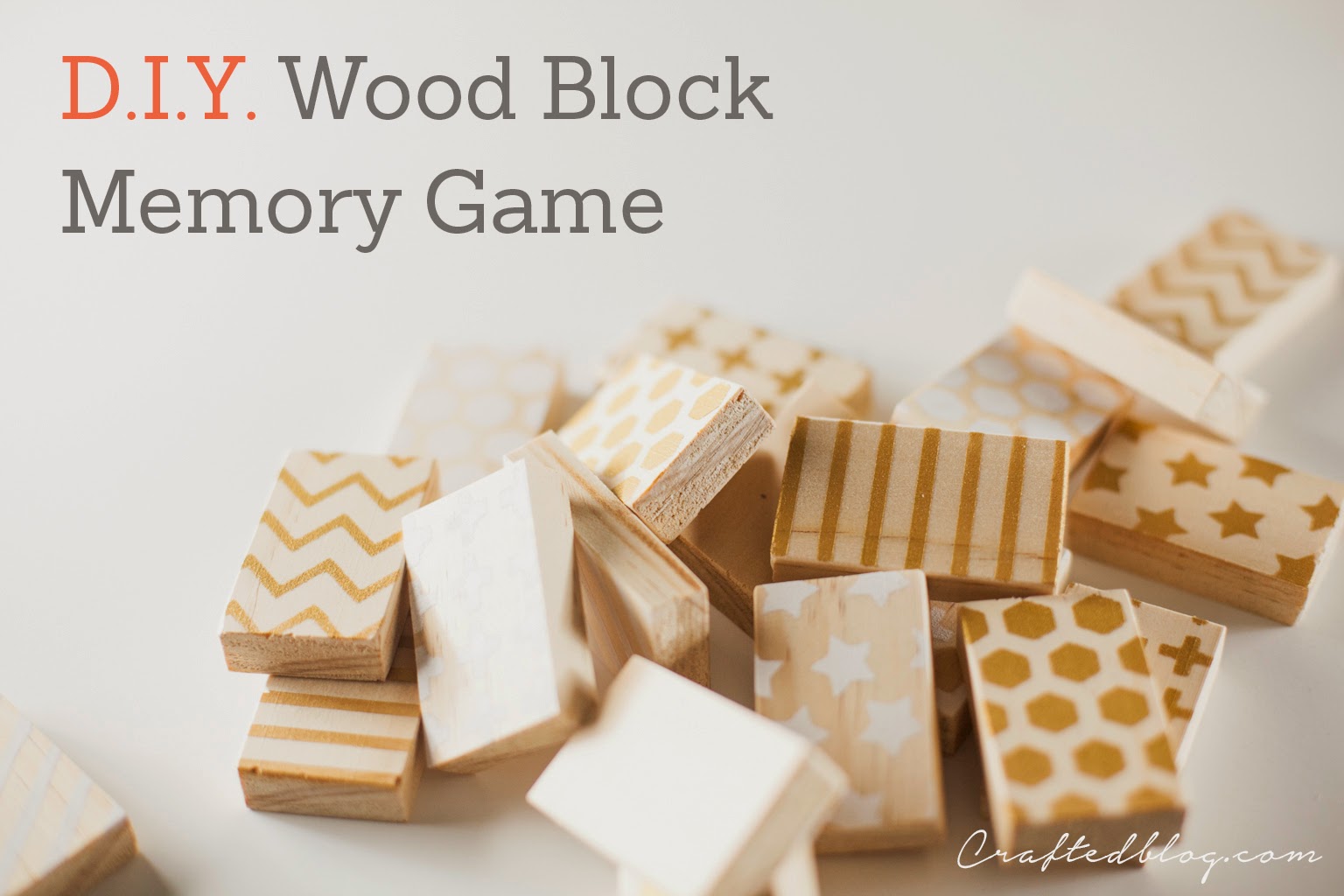
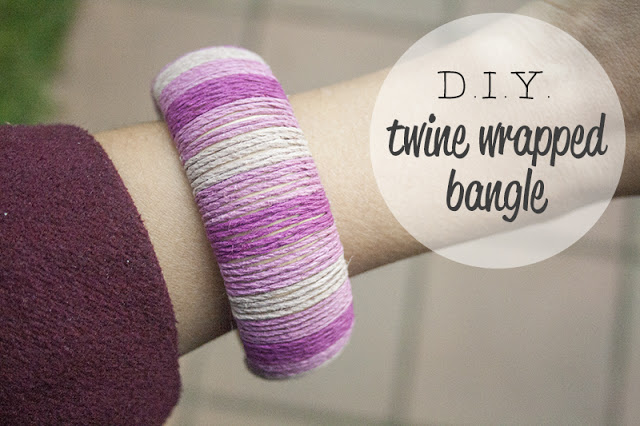
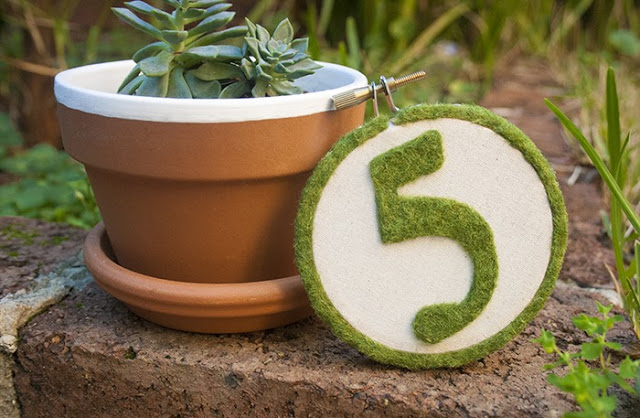
-0 Comment-